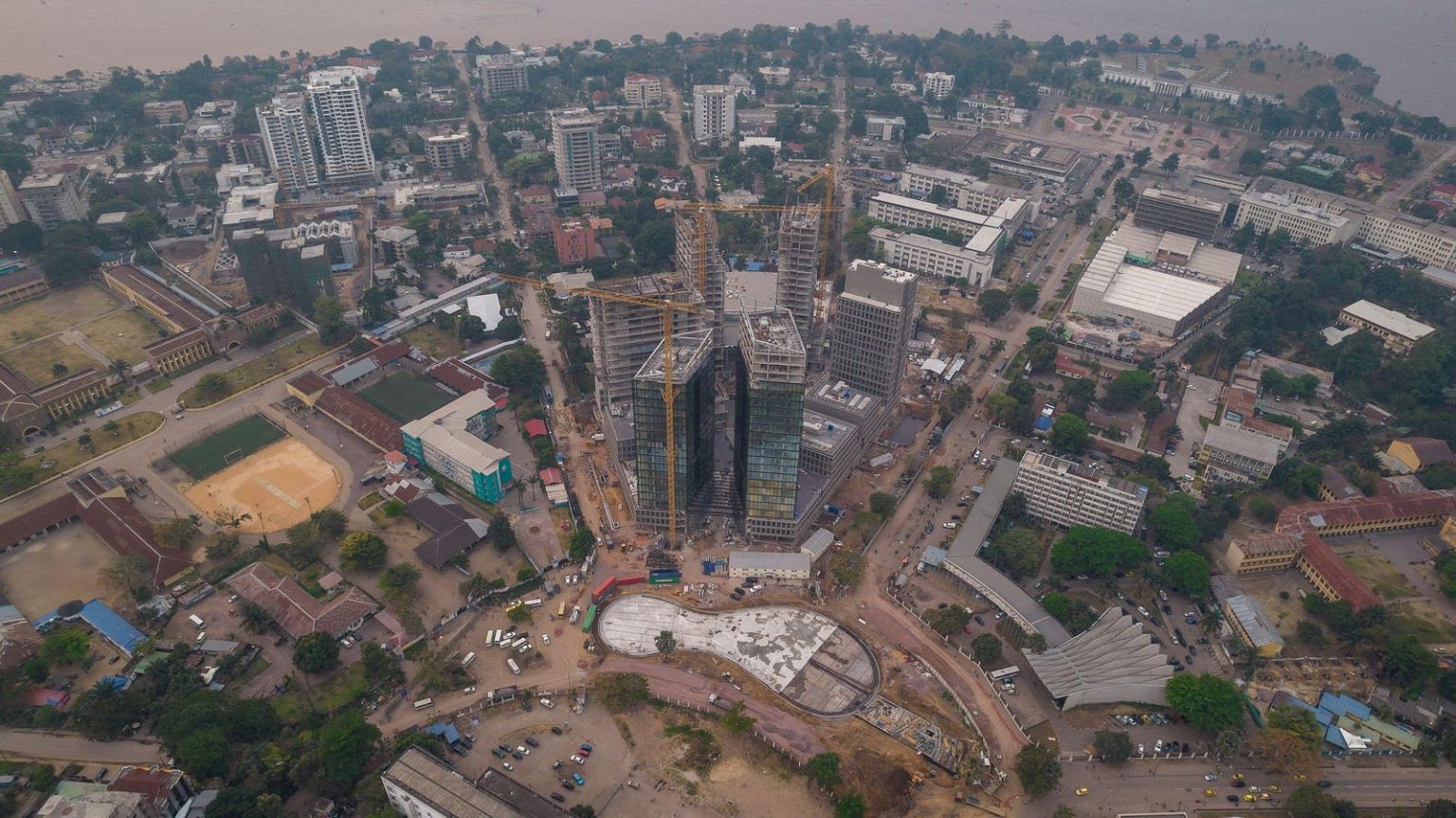Remember the Mpox virus, formerly known as the monkeypox virus, the virus that made many headlines in 2022? Well, even though general news coverage of the virus may have faded somewhat this year, the Mpox virus hasn’t stopped spreading and making more bad news in 2023. Since January 1, 2023, the Democratic Republic of the Congo has had over 12,569 suspected Mpox cases, resulting in 581 deaths, according to a November 25 World Health Organization situation report. That translates to an estimated 4.6% of those infected who ended up dying. That’s the highest number of reported Mpox cases that the DRC has ever had and there’s still one more month to go in 2023. Plus, the specific version of the virus that’s been spreading in the DRC—namely, the clade I MPXV—spread in a way in 2023 that apparently has never been seen before.
The MXPV has been affecting more and more of the DRC too. This year was the first time that the Kinshasa, Lualaba and South Kivu areas of the DRC have had suspected cases. In fact, in recent years, the virus has gone from being endemic in 11 of the DRC’s 26 provinces to being detected in 22 of the country’s provinces. You may have noticed that the WHO has been using the word “suspected” rather than “confirmed” when describing many of these Mpox cases. That’s because not everyone who has gotten ill and shown clinical symptoms Mpox—such as exhibiting the pus-filled lesions typically associated with Mpox—have gotten tested for the virus. Only 9% of the reported cases in the DRC have been confirmed by laboratory testing since many people in the country do not even have access to such testing.
Of note, the version of the virus that’s been spreading in the DRC is of a different clade than the clade that caused the global outbreak that started in 2022. The word “clade” rhymes with “shade” and is defined as a group of organisms that are all descended from one common ancestor. The MPXV has two known clades: clade I, formerly known as the Congo Basin clade, and clade II, formerly known as the West African clade. Scientists have subdivided clade II further into two subclades: clade IIa and clade IIb. If you are wondering which clade be the one that caused the global outbreak that began last year, it be clade IIB. But throughout this global outbreak, the DRC hasn’t had a single reported case of clade IIb MPXV. To date, all of the Mpox cases in the DRC have been attributable to the clade I MPXV.
As you may recall, prior to 2022, public health officials didn’t really associate Mpox transmission with sexual contact. Instead, reported transmission typically occurred between people who lived together or otherwise had sustained close contact. That all changed last year with the global outbreak, though. Many of the cases that have arisen over the past two years in Europe, the U.S. and other parts of the world have been among people who have had sex with someone else infected with the clade IIb MPXV. However, before you label Mpox as purely a sexually-transmitted infection, keep in mind that you don’t have to have sex with someone to catch the MPXV. Transmission can still occur via close non-sexual contact.
Now, prior to April 2023, there weren’t any formally documented cases of clade I MPXV being transmitted sexually. That all began to change this year after a man from Belgium who already had connections to the DRC arrived in Kinshasa on March 15. That same day he began experiencing anal itching and discomfort, which over the next two days evolved into painful blisters around his anus and genitals. His trunks and buttocks also began having skin lesions. After the man first visited a doctor on March 23 for these symptoms, testing revealed that he was indeed infected with the clade I MPXV.
Since the man had already had symptoms the day that he arrived in the DRC, chances are he was exposed to the MPXV while still outside the DRC—probably somewhere in Belgium. After all, the incubation period for the MPXV tends to be one to two weeks—meaning that’s how long it typically takes for you to start experiencing symptoms after first getting infected. But while in the DRC, this man did visit clubs where men have sex with men and did have several such contacts. That meant that public health officials had to identify those whom the man had had either sexual or non-sexual contact with and continue to monitor them over time. As you can imagine, that’s no small task. Eventually, of the 27 such contacts identified, six ended up being tested for MPXV with five of these sexual contacts testing positive. Of these five—four of whom were men—three ended up developing Mpox symptoms.
Several months later, on July 28, there was another reported and confirmed case of a man in the DRC developing Mpox after having sex with other men, this time in Kenge. This case seemed to be completely separate from the cases connected with the man from Belgium.
What’s been seen in the DRC in 2023 could significantly affect the rest of the world. The DRC is not a small country. It’s population is estimated to be over 102 million people which would comprise about 1.27% of the world’s entire population and rank the country 15th in the world in terms of population size. Therefore, if the MPXV isn’t adequately controlled in the DRC, many more people could end up being infected. And what happens when an infectious disease is not very well-controlled in one country doesn’t tend to stay in that country. Moreover, having two clades that can spread through sexual contact is naturally worse than having only one clade.
So no news is not necessarily good news. Just because a virus is not getting the same attention from news outlets and political leaders that it did in 2022 doesn’t mean that the pathogen has stopped causing trouble. Pathogens don’t listen to the news and political rhetoric. The situation with the MXPV is certainly dynamic with new developments in 2023 that could change the dynamics of MXPV spread going forward—potentially in a bad way.
Read the full article here





